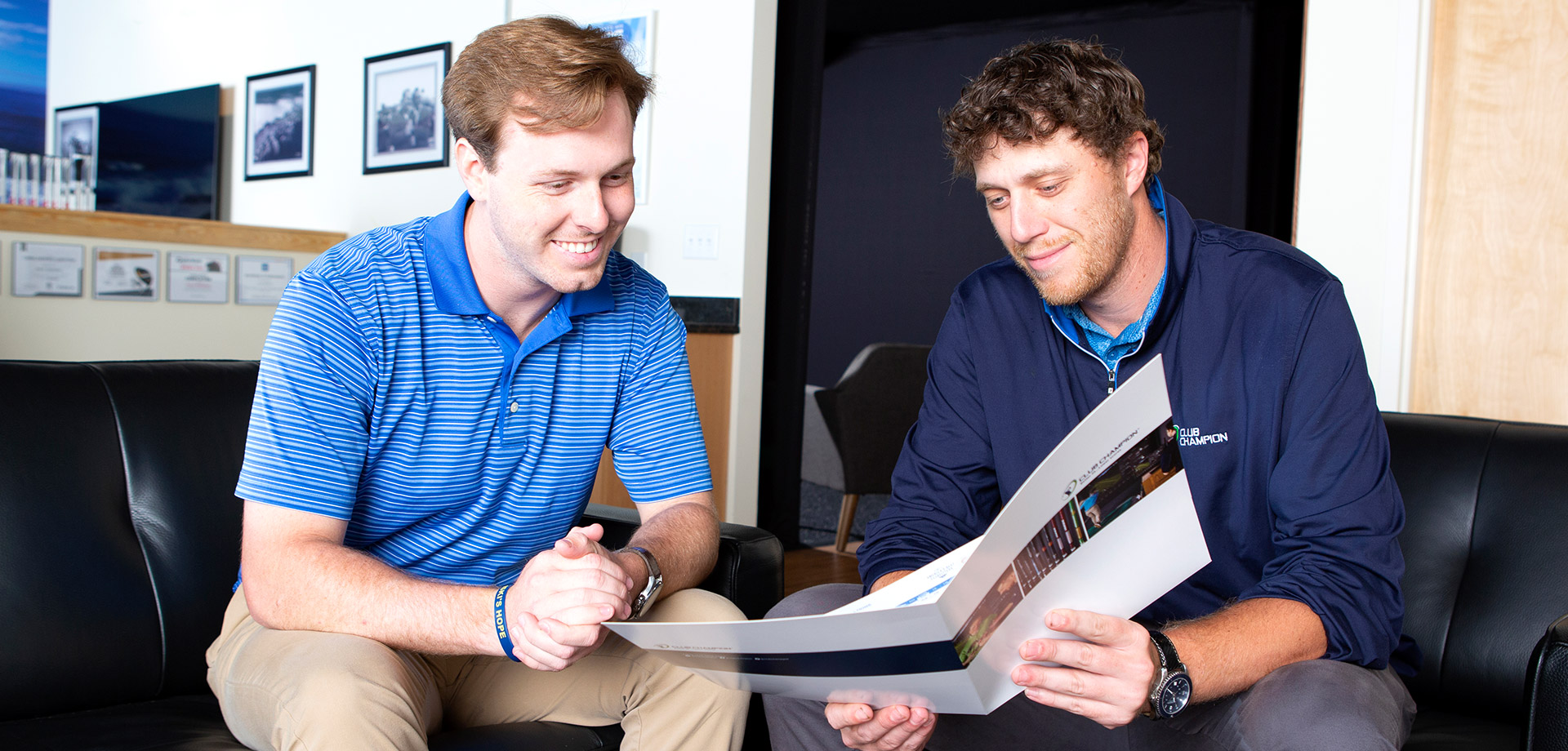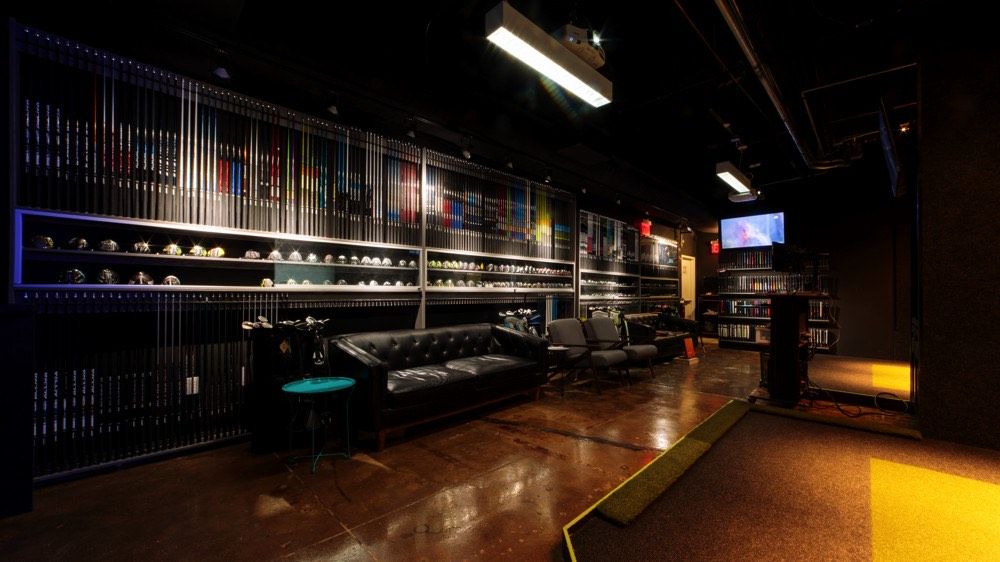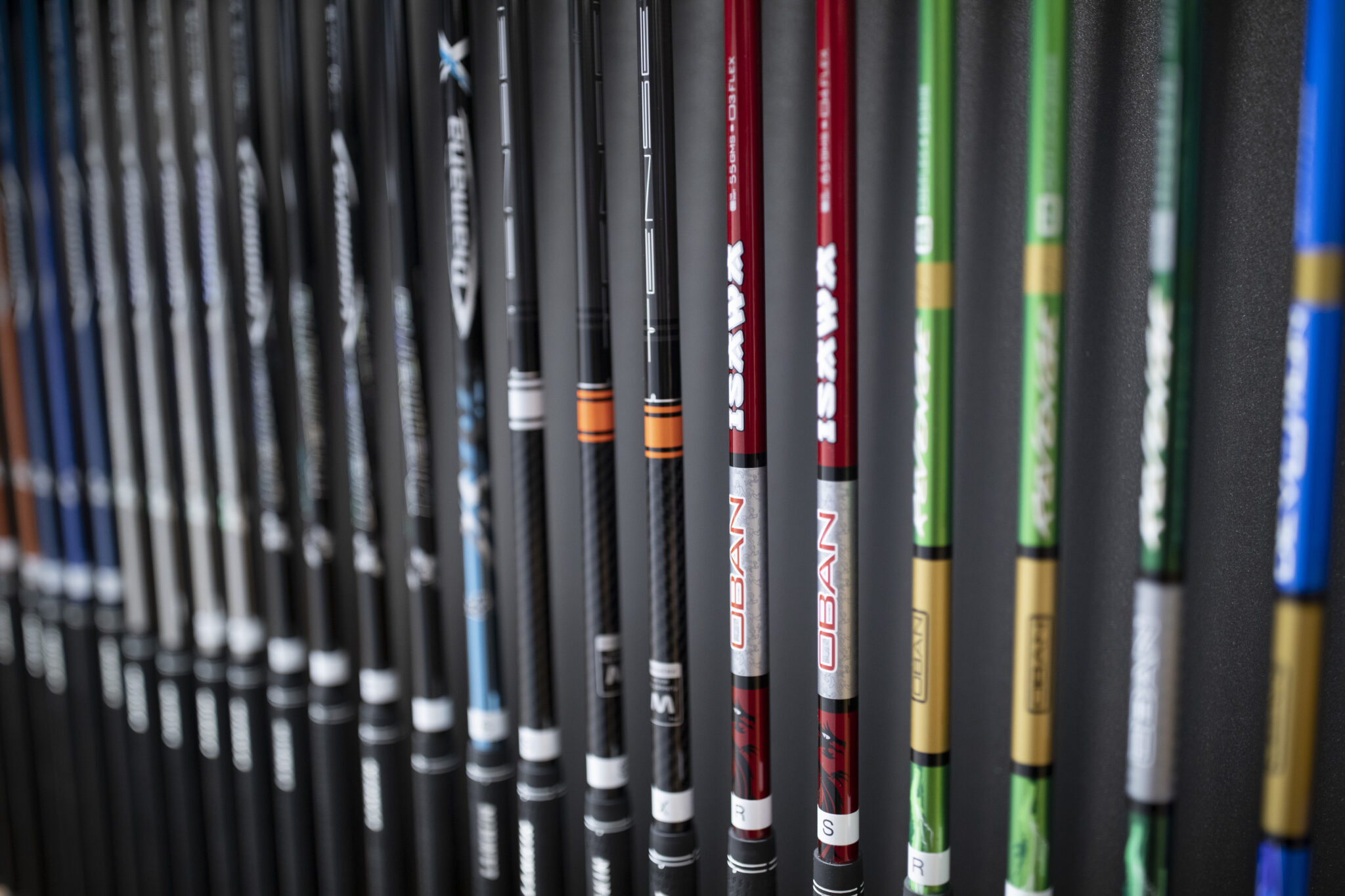How often should you get fit for clubs?
Posted by
Posted on
How often should you get fit for clubs?
The club fitter’s official guide to the frequency of fitting.
It’d almost be too easy to write, “Get a custom fitting every year so you can have the latest, greatest and shiniest products from the top brands in golf!” See? Incredibly easy.
However, regardless of what you might hear, there’s absolutely no reason that every golfer should be fitted that frequently. That’d be the definition of overkill and pretty expensive, so let’s pull back and take a look at the optimal (and realistic) cadence for custom club fittings.
Woods
The boomsticks in your bag will typically last you around 2-3 years after a fitting, depending on how you age and how the club ages as well. If you’re starting to top and slice the ball or you’re not getting the same distance you once were, it’s time to go get re-fit.
Keep in mind, a fitting doesn’t always result in a brand new club. You may need a loft adjustment or a more optimized shaft or even something as simple as a new grip. The club technology available today is arguably still going to be incredible in a couple years, you just have to make sure it’s still incredible for you.
Rule of thumb is to check in with your club doctor (fitter) every couple of years to make sure you aren’t leaving distance on the course and aren’t working against your natural swing motion.

Irons
Irons are a little longer lasting than your woods. Fitted irons can get you through about 4-5 years without needing any replacements. But there’s one caveat: lofts and lies.
Your fitted irons are built to precision and are made to last. Part of this is the design and technology, part of it is sheer use percentage. But the lofts and lies of your irons change over time from use and also storage, leaning on clubs, repeated impact on practice mats, etc.
You should be getting your lofts and lies looked at annually, but you can hold out on a whole new set for a few years after a fitting, barring any big swing or body changes.
Wedges
Wedges are all about that bite, baby. Their lifespan isn’t quite as long as irons — an average of 1-2 years depending on usage — but there are a lot of variables that go into a wedge's longevity. You never want worn grooves in the bag but you may pull the trusty 60 degree wedge three times as often as you pull anything else, so that wedge’s lifespan is unique.
Rule of thumb with your wedges is to replace them every 80 rounds or so, but monitor the wedge face and keep an eye on performance. If those grooves aren’t grinding for you, it’s time for a replacement.
Putter
The putter is the wild card of the fitting world. It’s also the most impactful part of your bag, but we’ve covered that in previous posts. Wear and tear isn’t as big of a factor with the flatstick so your putter might last you literal decades if you check in on loft and other metrics, and regrip as necessary.
But if you start missing left or leaving putts short, or if you make a big change in your putter grip or even your body type, it can’t hurt to bring your gamer in and check your stats on SAM PuttLab.
Rule of thumb here isn’t a rule so much as a guideline: if you’ve never been fitted for a putter, do it. If you have, maintain your short game health by checking in annually and listening to your body if you feel like something is amiss.
Long story short, “new” isn’t necessarily better. It’s tempting to test all the new toys but at the end of the day, the latest club technology isn’t (usually) blowing last year’s models out of the water. So if your clubs are performing to the best of their ability and you’re performing to the best of yours, then we’ll see you later on! If they aren’t, we’ll see you soon!
- Categories: Fitting Experience, Blog
- Tags: Fitting Experience
Related Articles
Myths and misconceptions about every corner of the golf industry continue to crop up and propagate, including those about Club Champion and the club fitting process.
The reason your set’s clubs vary in length is a lot more complex than “just because.”
- Shafts are the first thing our Master Fitters will fit you for during one of our fittings. In this #InTheBay episode, we take a look at different shaft profiles.










